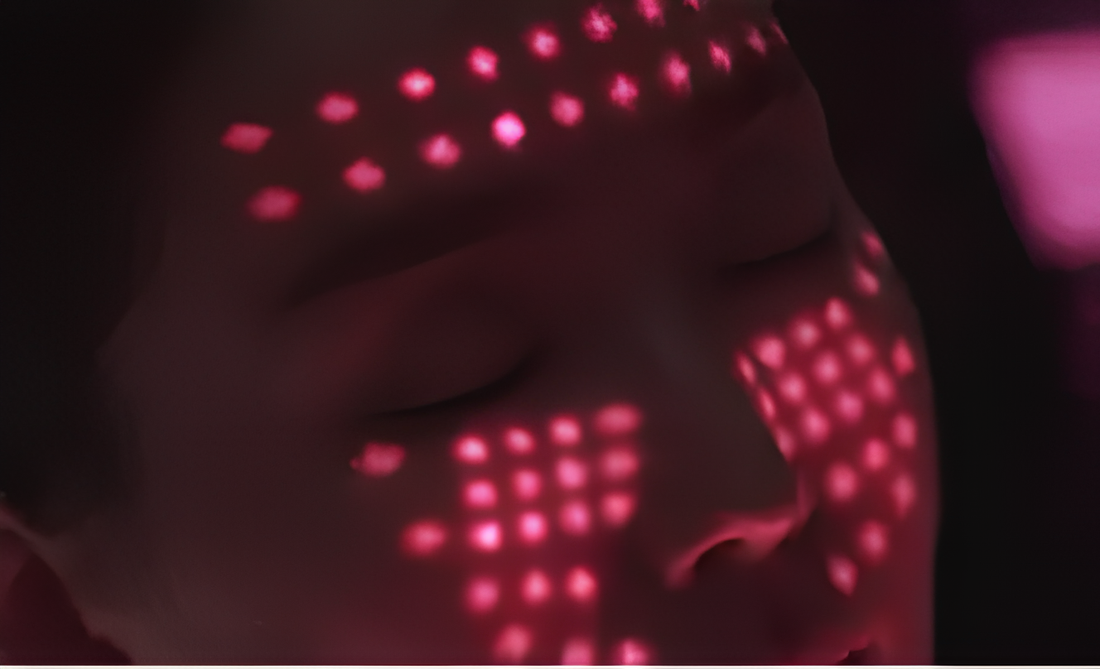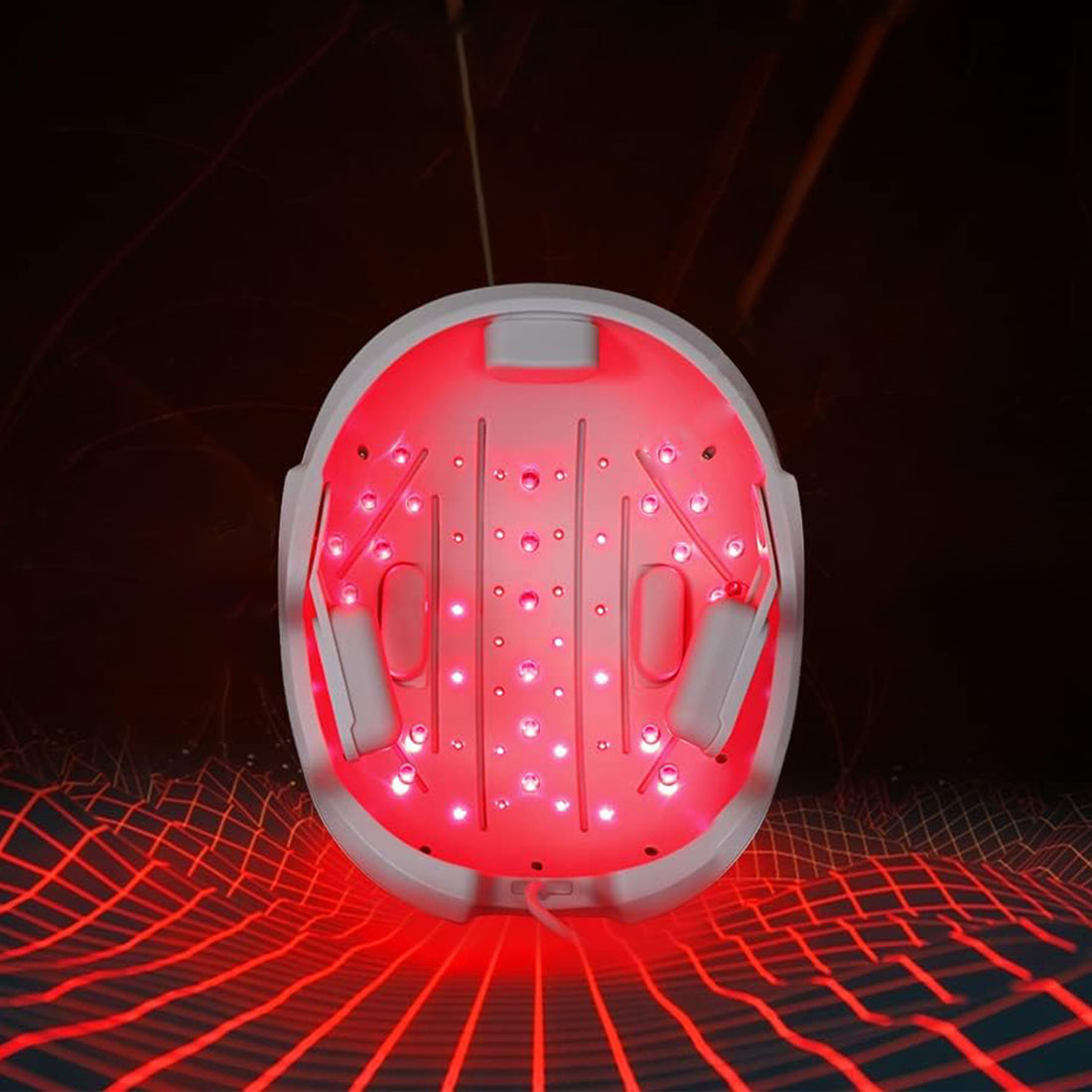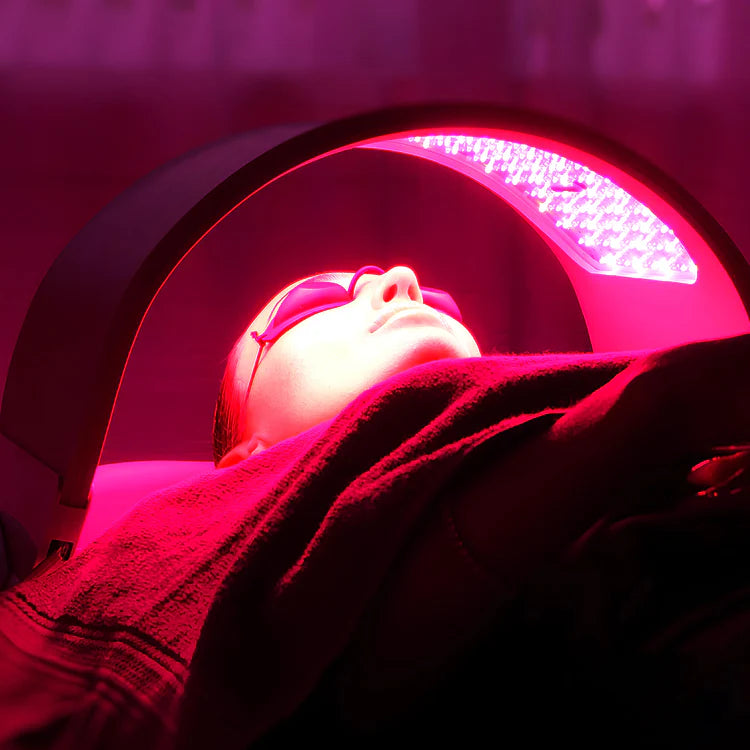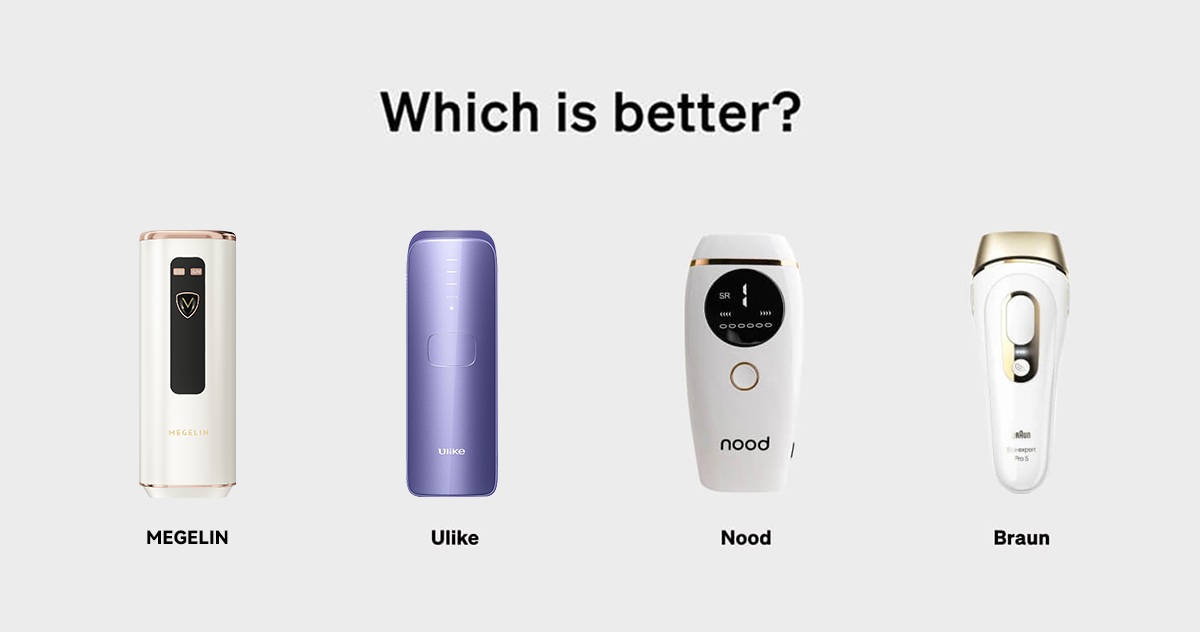
Can Red Light Therapy Help Neuropathy? Discover the Facts
megelinbeautyNeuropathy, marked by nerve damage causing pain, muscle weakness, and numbness, significantly impacts pain management and quality of life. Amid various treatments, red light therapy has gained attention for its potential to relieve nerve pain and promote nerve regeneration without the side effects of medication. This approach uses specific wavelengths of light to stimulate cellular repair and increase nitric oxide production, offering new possibilities for those with diabetic neuropathy seeking alternatives to conventional methods.
The exploration of red light therapy for neuropathy covers an overview of symptoms, the science behind using specific infrared wavelengths for nerve damage, and their benefits in relieving muscle weakness and nerve pain. It includes practical advice on using red light therapy at home, professional recommendations, and considerations. By highlighting real-world outcomes and expert advice, this article aims to clarify the effectiveness of red light therapy in treating neuropathy, offering hope and guidance to those affected by this complex condition.
Understanding Neuropathy and Its Symptoms
Peripheral neuropathy, a prevalent condition, particularly affects individuals with diabetes, with approximately 50% developing this condition over time. This nerve damage manifests as pain, tingling, numbness, or weakness primarily in the extremities, severely impacting daily activities and overall quality of life.
Common Causes
Peripheral neuropathy can arise from various factors, the most common being diabetes, which damages small blood vessels and nerves due to elevated blood sugar levels.[1]Other significant causes include physical trauma to nerves, prolonged pressure on nerves, and conditions like carpal tunnel syndrome [1]Additionally, metabolic diseases, autoimmune disorders, and infections such as hepatitis C and HIV/AIDS also contribute to the development of this condition.[1]
Types of Neuropathy
Neuropathy is classified into several types based on the nerves affected. Sensory neuropathy impacts the nerves that manage sensation, causing symptoms like pain and numbness. Motor neuropathy affects the nerves responsible for muscle control, leading to weakness and muscle atrophy. Autonomic neuropathy damages the nerves that control involuntary bodily functions, resulting in issues like abnormal blood pressure and digestive problems [2]. The most severe form, polyneuropathy, involves multiple nerve groups and is commonly associated with diabetes [2].
Impact on Daily Life
The symptoms of neuropathy significantly alter daily life, leading to challenges such as foot injuries from unrecognized wounds, muscle weakness, and balance issues, which can increase the risk of falls [1][2]. These complications necessitate various treatments to manage symptoms effectively, although not all treatments are universally effective [1].
Peripheral neuropathy's pervasive impact underscores the importance of understanding its symptoms and underlying causes to manage and mitigate its effects on daily life effectively.
Role of Red Light Therapy in Neuropathy Treatment
Red light therapy, utilizing specific wavelengths between 650-850 nanometers, penetrates the skin to target affected nerve cells, particularly in the foot. This interaction stimulates cellular processes that are crucial for pain reduction and healing[1]. The therapy promotes the production of adenosine triphosphate (ATP), enhancing cellular energy which supports nerve cell function and aids the healing process [1].
Healing Process
The increased production of ATP is not the only benefit; red light therapy also enhances blood circulation. Improved blood flow to the treated areas ensures better delivery of oxygen and nutrients, which supports nerve regeneration and reduces inflammation, further contributing to the healing process[1].
Pain and Symptom Reduction
Patients have reported significant relief from nerve pain and discomfort, attributing to an improved quality of life. The therapy's ability to alleviate pain comes from its non-invasive and drug-free nature, making it an attractive option for those seeking alternatives to conventional treatments[1]. Additionally, the release of nitric oxide from red blood cells and the lining of blood vessels during therapy acts as a vasodilator, increasing blood flow and reducing chronic inflammation and pain [3].
Enhancing Mobility
By reducing pain and inflammation, red light therapy also aids in enhancing mobility. This improvement is crucial for individuals suffering from neuropathy, where muscle weakness and balance issues can be profound. The therapy's deep penetration capabilities stimulate nerve regeneration and restore function, which can significantly reduce the risk of falls and improve overall mobility [4] [5].
Red light therapy's role in neuropathy treatment extends beyond symptom management to potentially restoring nerve health and function, making it a compelling consideration for those affected by this condition.
Home Use of Red Light Therapy
Step-by-Step Guide
Red light therapy can be effectively administered at home using various devices specifically designed for this purpose. To begin treatment, position the light therapy device close to the affected areas of the foot. Ensure that the skin is clean and free from any lotions or creams that could block the light. It is crucial to adhere to the manufacturer's recommended treatment duration and frequency to achieve optimal results [1].
Recommended Devices
For home use, several types of red light therapy devices are available:
- Red Light Therapy Devices: These may include handheld devices, light panels, or therapy wraps, each emitting specific wavelengths of red and near-infrared light suitable for treating neuropathy [1].
- Light Therapy Wraps: Convenient and easy to use, these wraps contain LEDs that provide targeted therapy while allowing freedom of movement [1].
- Megelin Red Infrared Light Therapy Mat for Whole Body: This mat is ideal for relieving muscle and joint aches and increases blood circulation, aiding in pain relief [5].
- dpl®Slipper and dpl®Flex Mitt: These devices are designed for specific areas like the feet and hands, providing pain relief and improving overall comfort [5].
Safety Tips
While red light therapy is generally safe, precautions are necessary:
- Eye Protection: Wear goggles or eye shields to protect your eyes from the intense light.
- Skin Sensitivity: Begin with shorter sessions if you have sensitive skin and gradually increase the duration as tolerated. Discontinue use if adverse reactions occur.
- Consultation: Always consult with a healthcare professional before starting treatment, especially if you have underlying medical conditions or are on medication.
By following these guidelines and using the recommended devices, individuals can safely and effectively manage neuropathy symptoms at home, enhancing their quality of life through improved pain management and mobility.
Professional Recommendations and Insights
Expert Opinions
Healthcare professionals emphasize the importance of consulting with specialists, such as podiatrists or physiotherapists, before starting red light therapy for neuropathy. These experts can provide a tailored assessment, accurate diagnosis, and personalized treatment recommendations [1]. They guide the proper use of red light therapy, including the correct duration and frequency, to ensure safety and maximize therapeutic outcomes [1].
Patient Testimonials
Research and patient reports indicate varying effectiveness of red light therapy for neuropathy. Some patients have expressed significant relief from neuropathic symptoms, attributing improvements to the non-invasive and drug-free nature of the therapy [6] [7]. However, others have noted minimal or no benefit, highlighting the importance of individualized treatment plans and professional guidance [8].
Future Directions
Systematic reviews and meta-analyses are exploring the efficacy of low-level light therapy (LLLT) or photobiomodulation for diabetic peripheral neuropathy (DPN). Updated reviews aim to include a broader range of studies and light types to assess the therapy's safety, effectiveness, and overall impact on quality of life [2]. These ongoing studies are crucial for validating red light therapy's role in neuropathy treatment and may influence future clinical guidelines.
Conclusion
This article explores red light therapy's role in managing neuropathy, particularly diabetic neuropathy, by highlighting its potential to stimulate cellular repair, enhance blood circulation, and reduce inflammation. The therapy offers relief from muscle weakness and nerve pain, with practical guidance for both professional and home use. The insights suggest that innovative solutions like red light therapy can improve the quality of life for those with neuropathy. The article emphasizes the importance of continued research and expert consultation, showcasing the promising potential of red light therapy in revolutionizing neuropathy treatment. Personal testimonials and professional recommendations underscore the need for tailored treatment plans, pointing to a future where personalized care and continued investigation enhance patient well-being.
FAQs
1. Does red light therapy have any proven benefits?
Research indicates that red light therapy can be effective in alleviating certain types of pain, especially those associated with inflammation, which involves irritation and swelling of body tissues.
2. Can peripheral neuropathy be reversed?
Peripheral neuropathy may be reversible in some instances; however, numerous factors determine the possibility of reversal. It is best to consult your healthcare provider for personalized information and treatment options.
3. Are there any effective treatments for neuropathy?
While there is no cure for peripheral neuropathy, various strategies can help prevent its progression. Treatment typically starts with addressing any underlying conditions, such as diabetes, followed by managing the pain and other symptoms associated with neuropathy.
References
[1] - https://gaithappens.com/red-light-therapy-for-foot-neuropathy/
[2] - https://www.ncbi.nlm.nih.gov/pmc/articles/PMC9476114/
[3] - https://www.rehabmart.com/post/light-therapy-for-neuropathy
[4] - https://advancedmmc.com/benefits-infrared-therapy-neuropathy-management/
[5] - https://ledtechnologies.com/blog/neuropathy-infrared-light-therapy/
[6] - https://www.webmd.com/skin-problems-and-treatments/red-light-therapy
[7] - https://www.sweeneyhealthcenters.com/utilizing-red-light-therapy/
[8] - https://connect.mayoclinic.org/discussion/anyone-tried-using-red-light-therapy/?pg











